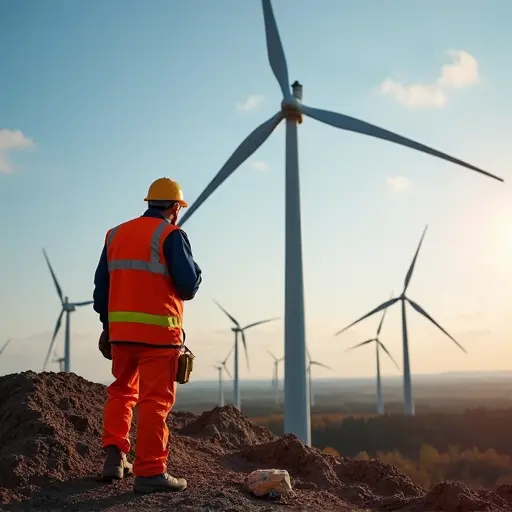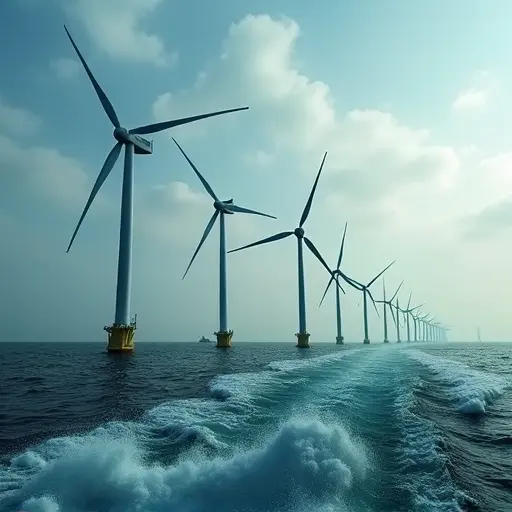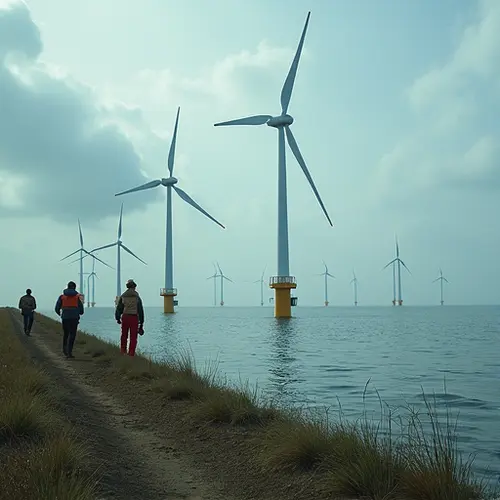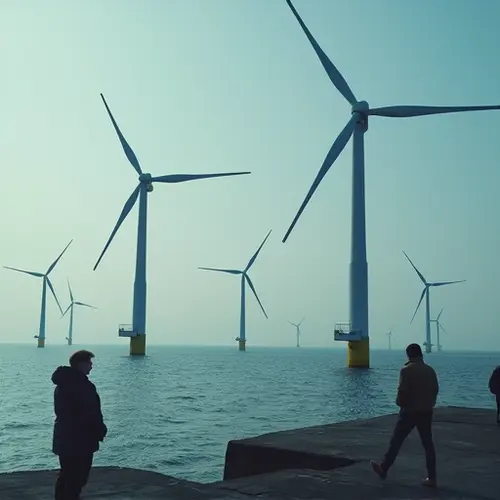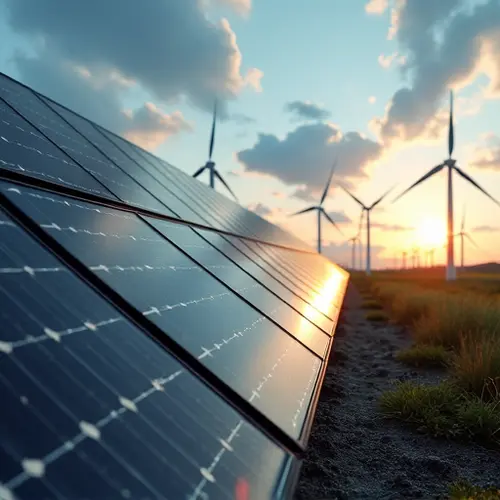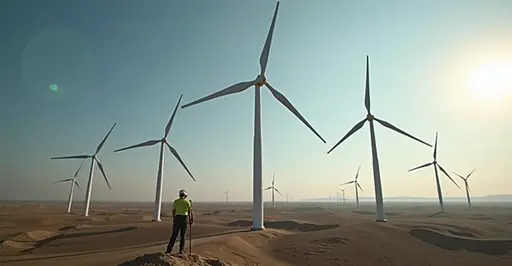
Revolutionary Blade Designs Boost Wind Energy Efficiency
Wind turbines have achieved unprecedented power generation levels thanks to cutting-edge blade designs. The latest prototypes are capturing up to 85% of the theoretical Betz limit - the maximum possible energy extractable from wind. This breakthrough comes after years of aerodynamic research at institutions like NREL, where scientists have been optimizing blade shapes through biomimicry and advanced materials.
The Science Behind the Leap
Traditional wind turbines max out around 70-80% of the Betz limit. The new designs feature:
- Curved blade tips inspired by owl wings
- Adaptive surfaces that change with wind conditions
- Carbon nanotube-reinforced composites
These innovations reduce turbulence and allow blades to capture energy from lower wind speeds. NREL's recent tests show 22% higher output compared to 2024 models.
Real-World Impact
GE Vernova's 3.4-MW turbine installed at NREL's Flatirons Campus demonstrates these advances. Its segmented blades automatically adjust pitch during storms, surviving winds up to 290 km/h while maintaining optimal efficiency. Offshore installations benefit most, where the new designs yield 30% more power during typical sea winds.
Future Horizons
Researchers are now exploring:
- AI-driven blade morphing technology
- Modular blade assembly for easier transport
- Recyclable thermoplastic resins
"We're not just breaking records - we're making wind power viable in regions previously considered unsuitable," says Dr. Elena Rodriguez, lead aerodynamicist at NREL. The Department of Energy projects these innovations could reduce wind energy costs by 40% before 2030.

 Nederlands
Nederlands
 English
English
 French
French
 Deutsch
Deutsch
 Espaniol
Espaniol
 Portugese
Portugese




